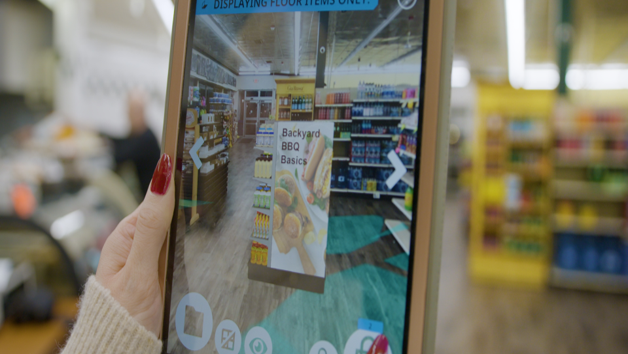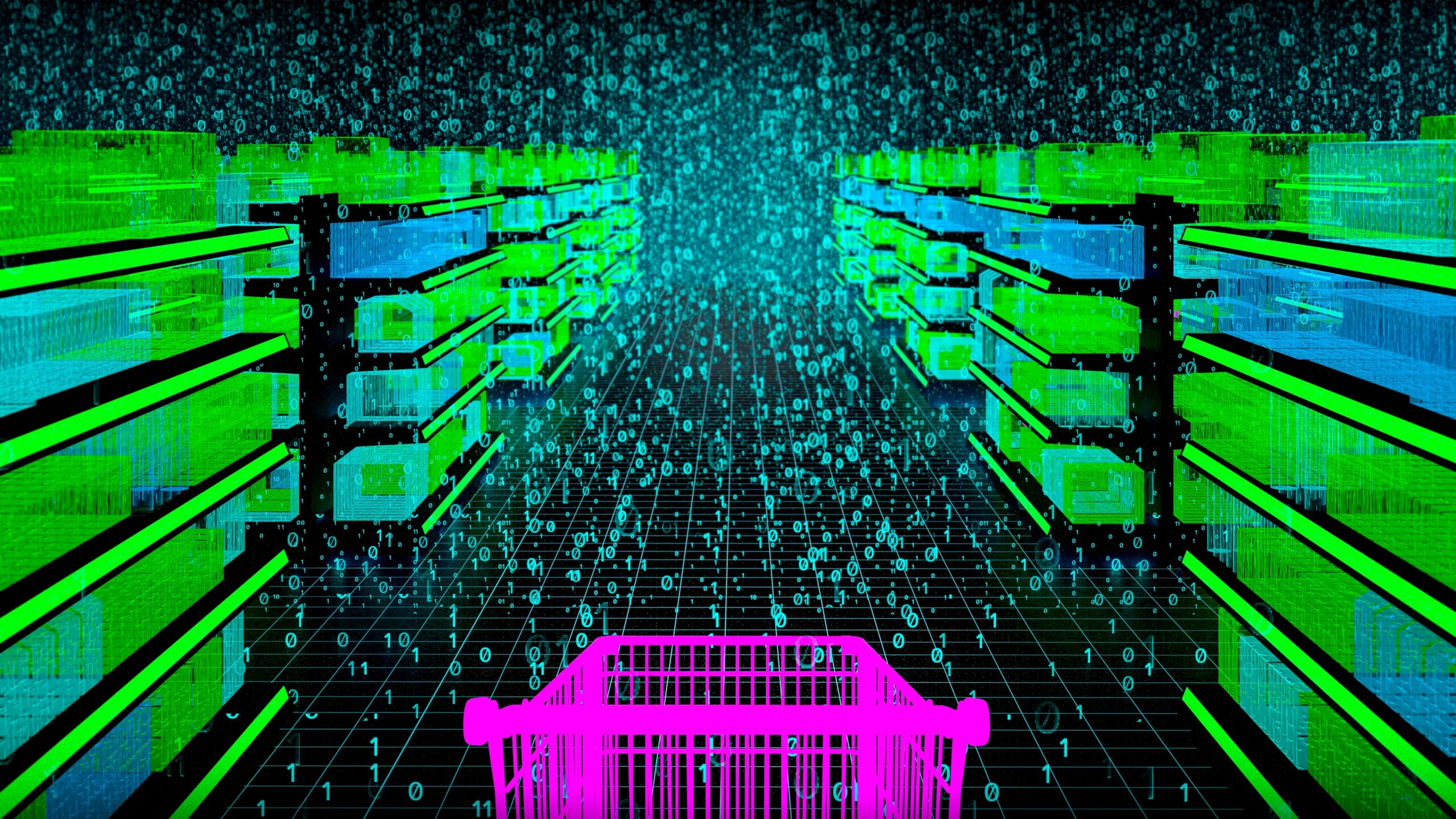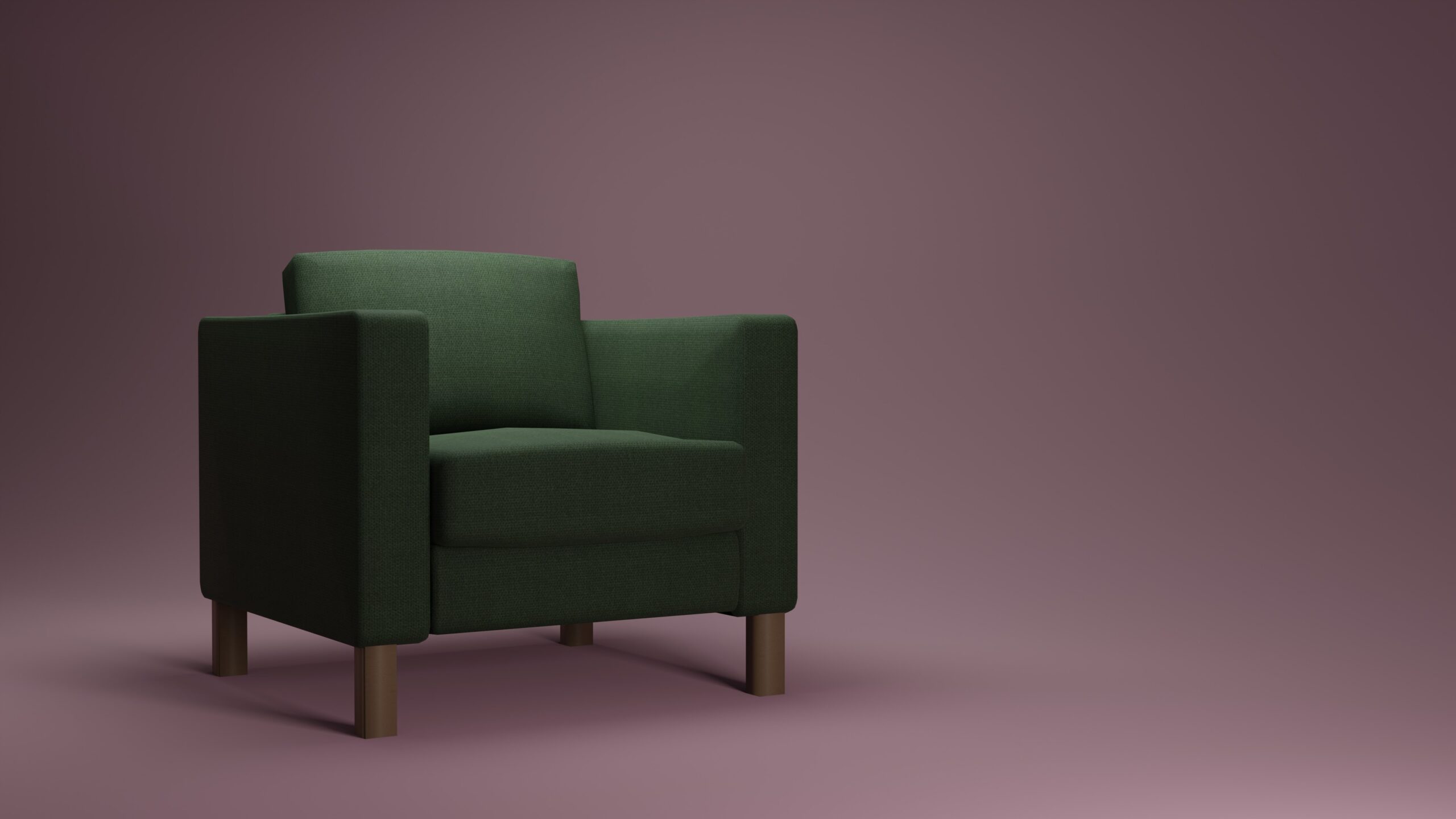Objective
A manufacturer wanted to understand the best approach to creating an intuitive online shopping experience for their customers that is as natural as in-store shopping. To do this, they decided to run a qualitative research study that would arm them with detailed shopper and voice of customer to help them make effective changes to the online shopping experience.
Method
The manufacturer turned to InContext to run a virtual approach to qualitative research. Powered by our enterprise platform, ShopperMX, our approach is unique in the industry, enabling two different methods for this type of research.
The first is an observed online shopping exercise, allowing for simple observations of the online shopper’s journey.
The second is a digital store shop-along, leading to a deeper understanding of the shopper’s journey and making it easier to capture the voice-of the customer. InContext can then run focus groups of 2-4 people and 1:1 in-depth interviews (IDI’s) through a shop-along guided by a ShopperMX expert.
It was decided that the virtual shop-along was the best option for them, as it allows visibility into the shopping journey through an online experience, and gives researchers the agility and freedom to pivot throughout the process.
Results
Voice-of-consumer results provided actionable insights to create a more intuitive and easy-to-shop experience for shopping of the category online and in-app.
Voice-of-consumer results from the virtual shop-along provided actionable insights for the client’s guiding principles for top retailers to create a more intuitive and easy-to-shop experience for shopping of the category online and in-app.
Insights on shopper behavior: Brand loyalty was higher than realized. Because of the agile nature of the digital shop-along, they could deep dive into this “a-ha” moment and carry this new knowledge into how they approach both in-store and online merchandising and marketing going forward.
Findings could also be utilized to improve the instore shopper experience.
Thought leadership, whitepapers and case studies for your reference








